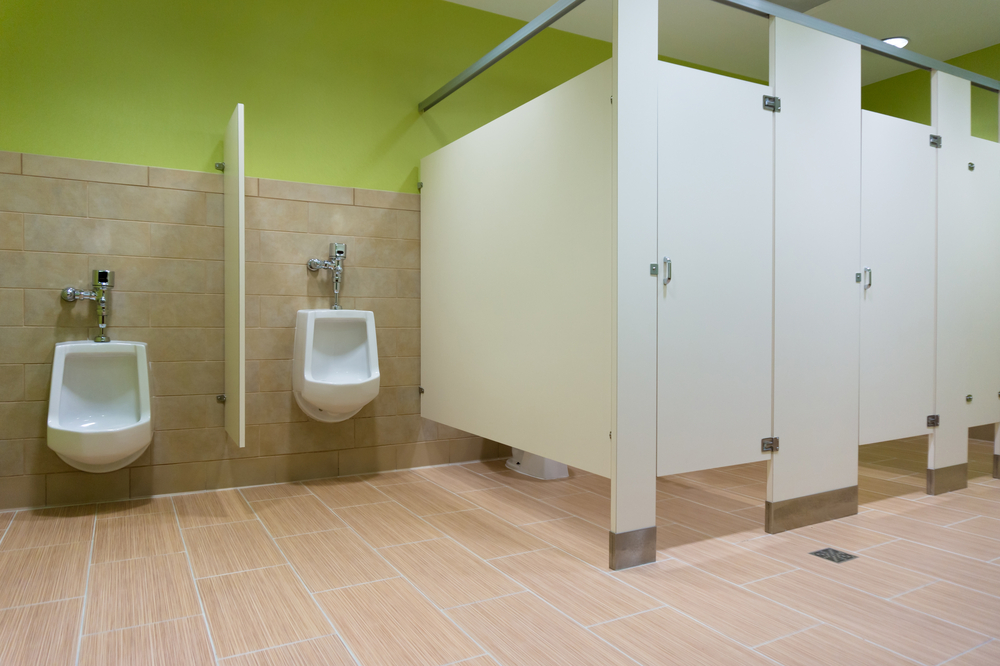Many commercial properties across California — especially in areas like San Pedro, Los Angeles, and Long Beach — are decades old. While historic architecture and longstanding buildings lend character to a business district, they often come with aging plumbing infrastructure that can pose serious risks to operations, safety, and finances.
Understanding how aging infrastructure affects plumbing systems is essential for property managers, landlords, and business owners alike. It’s not just about dealing with problems as they happen; it’s about knowing what to look for and planning proactive upgrades to protect your investment.
The Invisible Threats in Old Plumbing Systems
Pipes don’t last forever. Materials used in older plumbing — such as galvanized steel, cast iron, or even lead — degrade over time. Corrosion, mineral buildup, and shifting foundations all contribute to slow deterioration. What makes this especially tricky is that plumbing systems are largely hidden behind walls, under floors, and beneath foundations. Problems may go unnoticed for months or even years.
Common symptoms of aging infrastructure include:
- Reduced water pressure
- Discolored or metallic-tasting water
- Frequent leaks or pipe bursts
- Backups or slow drains
- Odd noises or vibrations in the walls
These aren’t just inconveniences — they’re warning signs of systemic issues that, if ignored, can result in costly emergencies or building code violations.
Health and Compliance Concerns
Older plumbing can also create health hazards. For example, in very old buildings, there may still be remnants of lead piping, especially in service lines or solder joints. Even if partial replacements were done years ago, some outdated materials may still be in place, exposing occupants to potential contamination.
In addition, commercial buildings must often comply with local health, building, and safety regulations. Failure to upgrade outdated plumbing can result in citations, loss of business licenses, or insurance complications — especially in industries like food service, hospitality, and healthcare.
The Financial Case for Proactive Replacement
Replacing plumbing components in a commercial property isn’t cheap, but putting it off usually costs more. Emergency repairs, water damage remediation, mold removal, business interruption, and tenant turnover add up quickly.
By scheduling periodic inspections, mapping out known problem areas, and budgeting for phased upgrades, property owners can avoid massive, unexpected expenditures. Some insurance companies even offer better rates or coverage terms for buildings with updated infrastructure, making the investment even more worthwhile.
Modernizing Without Major Disruption
One of the biggest concerns commercial property managers have about infrastructure upgrades is downtime. Fortunately, modern techniques — like trenchless sewer repair, camera inspections, and hydro jetting — make it possible to assess and improve plumbing systems with minimal disruption to daily operations.
A well-qualified commercial plumbing team will know how to coordinate repairs or replacements efficiently, working around your operating hours or during scheduled maintenance windows.
Don’t Wait for a Breakdown
If your commercial building is more than 30 years old, it’s time to evaluate the condition of your plumbing systems. Even if everything appears to be functioning well today, hidden problems may already be developing behind the scenes.
For property owners in San Pedro and surrounding areas, exploring options with a team experienced in commercial plumbing services can help you identify vulnerabilities and plan for the future — before a crisis forces your hand.


